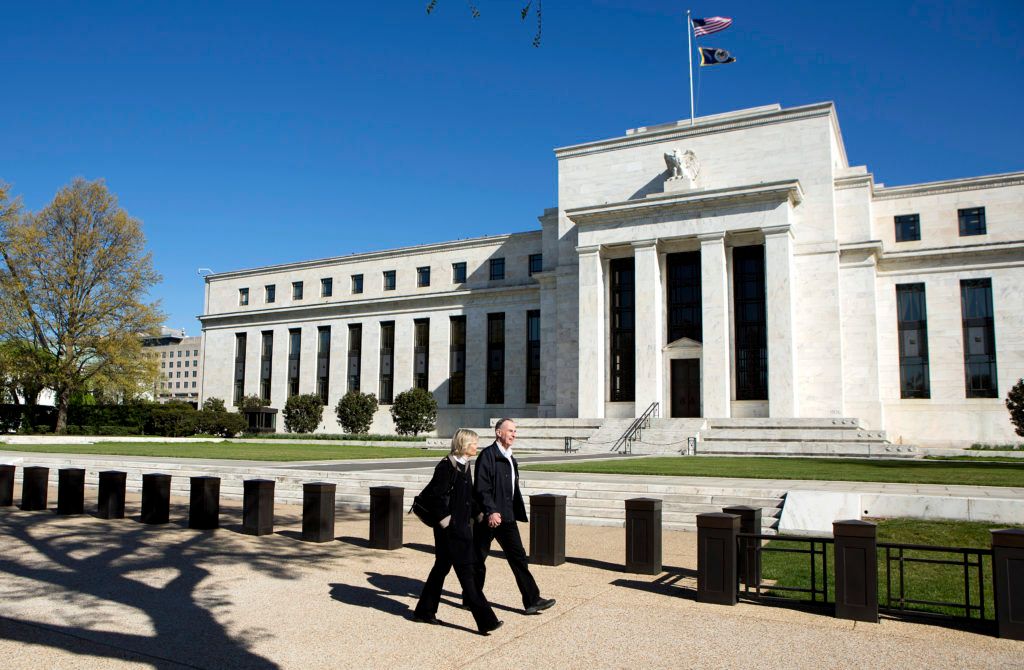FXOpen

The US Dollar has been faring very well considering that the overall US economy is in the midst of high inflation.
Over the past few months, inflation in the United States has been rising at extremely high rates.
During a 10 year period in which inflation grew steadily, the rate changed from 3.2% in 2011 to 4.7% in 2021. By the end of 2021, inflation had become a major talking point across the entire Western world, with the level experienced in the US being higher than that experienced in Europe.
At the end of last year, the 4.7% rate had become a concern for analysts, investors and the public alike, and was on the agenda of almost all news channels for some months.
However, it has grown tremendously since then and the projections from many research analysts are showing that inflation in the United States may be as high as 7.0% by the end of this quarter.
A well worn method of attempting to counteract the effects of inflation is for central banks to increase the interest rate, however this is often a last resort in developed financial markets economies because it has a negative effect on the monthly costs experienced by businesses and private individuals which is not only unpopular but also damaging to the economy in its own right.
However, with inflation at a 40 year high and rising, the Federal Reserve has now stepped in and moved the benchmark interest rate by half a percentage point, to a range of 0.75% to 1% after a smaller rise in March.
This now represents the highest interest rate increase in 22 years.
The Federal Reserve said on Thursday last week that the interest rate rise is expected to reduce demand for goods and services, helping to ease price inflation.
However, reduced demand for goods and services has an impact on the profitability among US companies and small businesses, therefore is also a metric to watch.
Interestingly the US Dollar has climbed slightly against the Euro over the last few days, but is still very much down compared to its performance over the past few years.
The USDEUR pair stands at 0.95 and talk of parity between the two was evident over the past two weeks, however that has not occurred.
Volatility in the European market is also abound, hence watching the two majors over the next few months will be of great interest.
This article represents the opinion of the Companies operating under the FXOpen brand only. It is not to be construed as an offer, solicitation, or recommendation with respect to products and services provided by the Companies operating under the FXOpen brand, nor is it to be considered financial advice.
Stay ahead of the market!
Subscribe now to our mailing list and receive the latest market news and insights delivered directly to your inbox.








